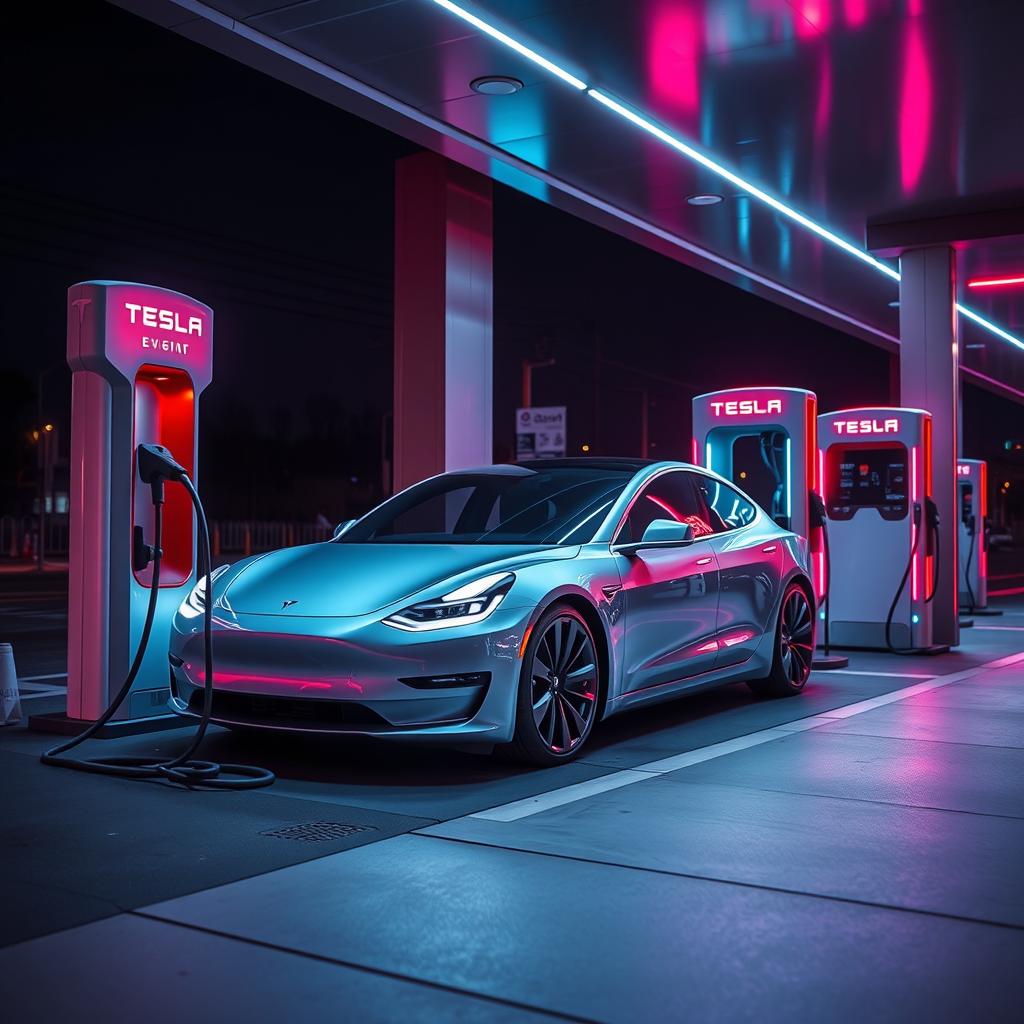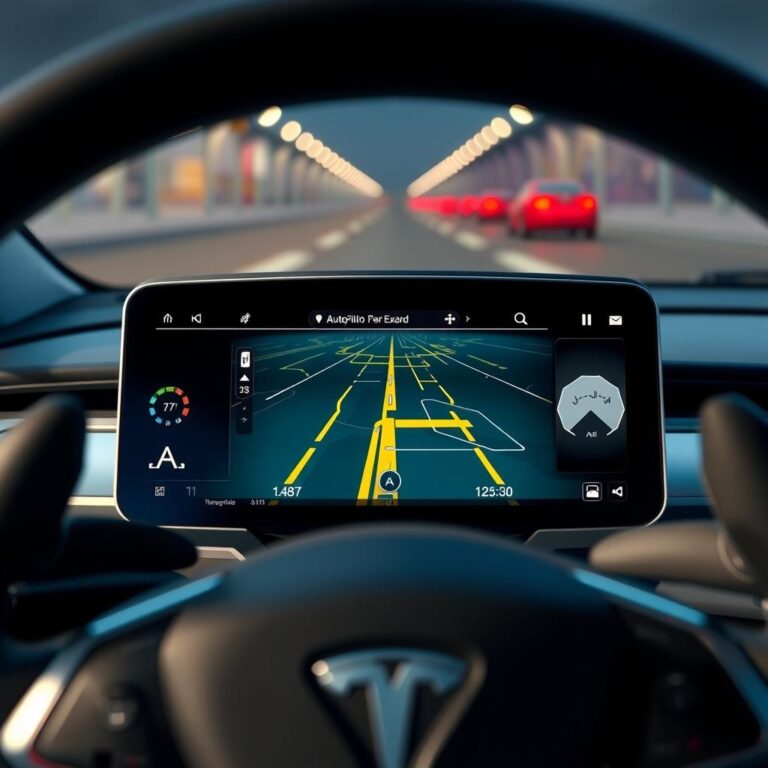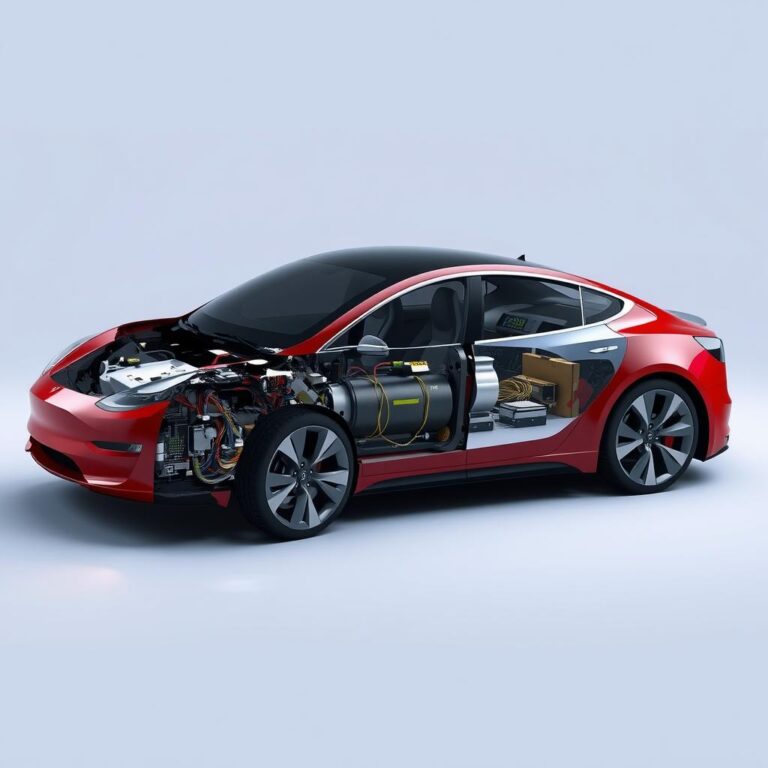Can Tesla Car Batteries Be Recycled?
Can Tesla Car Batteries Be Recycled?
As the world transitions to electric vehicles (EVs), one of the most frequently asked questions is about the sustainability of EV technology, especially when it comes to can Tesla car batteries be recycled? Tesla is at the forefront of the electric vehicle revolution, but like all electric vehicles, their batteries eventually degrade over time. So, what happens to these batteries when they reach the end of their life? Are they recyclable? And what is Tesla doing to ensure that their batteries are disposed of in an environmentally responsible way?
In this article, we’ll explore the recycling process for Tesla car batteries, why battery recycling is important, and how Tesla is working to ensure that its batteries are part of a sustainable lifecycle.
Can Tesla Car Batteries Be Recycled?
The simple answer is yes, Tesla car batteries can be recycled. In fact, recycling Tesla’s lithium-ion batteries is crucial for sustainability and environmental responsibility. The materials in Tesla batteries, such as lithium, cobalt, and nickel, are valuable and can be reused, which reduces the need for mining these resources. Recycling also helps reduce the environmental impact associated with battery disposal and reduces the need for new raw materials.
However, the process of recycling car batteries is complex and requires specialized technology and facilities to handle the materials properly. Let’s look at how Tesla and other companies approach the recycling of car batteries.
1. What Happens When a Tesla Battery Reaches the End of Its Life?
Like all batteries, the performance of a Tesla car battery will degrade over time. Typically, a Tesla battery lasts for around 8-10 years or 300,000 to 500,000 miles, depending on the model and driving conditions. When a Tesla car battery reaches the end of its useful life for powering a vehicle, it doesn’t mean that the battery is useless. Instead, it can be repurposed or recycled for other uses.
Before a battery is recycled, it might be repurposed for energy storage. Tesla’s Powerwall and Powerpack systems, for example, use repurposed EV batteries for stationary energy storage. This extends the life of the battery before it’s ultimately recycled. Once a battery can no longer serve as an energy storage solution, it’s sent to a recycling facility.
2. Tesla’s Battery Recycling Process
Tesla has taken steps to improve the sustainability of its battery production and disposal processes. In 2020, Tesla announced its plans to build a new facility at its Gigafactory in Nevada to handle battery recycling. This facility will be used to recycle lithium-ion batteries and retrieve valuable materials like nickel, cobalt, and lithium, which can be reused in new batteries.
The process of recycling a Tesla battery generally involves the following steps:
- Collection and Transportation: Once a battery is no longer usable, it is collected and transported to a recycling facility. This could be a specialized battery recycling plant or a facility that handles electronic waste.
- Disassembly: The battery is carefully disassembled to separate the different components. Tesla’s battery cells are often sealed within a metal casing, so these need to be carefully opened and the cells extracted.
- Material Separation: The next step is to separate the different materials in the battery. This includes lithium, cobalt, nickel, and other metals. Advanced techniques like mechanical separation, thermal processes, and chemical processes are used to break down the battery into its individual components.
- Reusing Materials: Once the materials are separated, they are cleaned and processed to remove impurities. These materials can then be reused in the production of new batteries or other products.
3. Why is Tesla’s Battery Recycling Important?
Recycling Tesla’s batteries is crucial for several reasons:
- Resource Conservation: Many of the materials used in Tesla’s batteries, such as cobalt and nickel, are finite and require mining. Recycling helps reduce the need for raw material extraction, conserving natural resources and minimizing environmental damage caused by mining operations.
- Environmental Impact: Battery recycling reduces the environmental impact associated with the disposal of batteries. If not disposed of properly, batteries can leak harmful chemicals into the environment, causing soil and water pollution. Recycling helps prevent these environmental risks.
- Reducing Waste: By recycling batteries, we reduce the amount of waste that ends up in landfills. The materials in Tesla batteries can be reused multiple times, extending their life and reducing overall waste production.
4. The Challenges of Battery Recycling
While Tesla is making strides in battery recycling, there are several challenges associated with the process. The primary challenge is the complexity of disassembling and processing lithium-ion batteries. These batteries contain a mix of metals, chemicals, and plastics that need to be carefully separated and treated to avoid contamination and ensure safe recycling.
Additionally, the current infrastructure for battery recycling is still developing, and many recycling facilities are not equipped to handle large-scale battery recycling. Tesla is working to address this issue by building dedicated recycling facilities and partnering with third-party recyclers to ensure that its batteries are disposed of responsibly.
5. What is Tesla Doing to Improve Battery Recycling?
Tesla has already made significant progress in improving the recycling of its batteries, and the company has set ambitious goals for the future. One of Tesla’s key goals is to reduce the environmental impact of its battery production by ensuring that most of the materials used in its batteries can be recycled and reused. This would reduce the need for new raw materials and lower the overall environmental footprint of Tesla’s electric vehicles.
In addition to developing more efficient recycling processes, Tesla is also working on improving the design of its batteries. By making batteries easier to recycle and using more sustainable materials, Tesla hopes to make a more significant contribution to the circular economy.
Conclusion: Can Tesla Car Batteries Be Recycled?
Yes, Tesla car batteries can be recycled, and in fact, Tesla is working hard to ensure that its batteries are recycled responsibly and sustainably. Tesla’s efforts to recycle its batteries not only help conserve valuable materials but also reduce the environmental impact of electric vehicle production and disposal. The process of recycling Tesla batteries is still evolving, and the company is taking steps to improve the efficiency of recycling operations by building dedicated facilities and improving battery design.
As the electric vehicle market continues to grow, the importance of battery recycling will only increase. Tesla is at the forefront of this initiative, working to ensure that its batteries are part of a sustainable lifecycle that reduces waste, conserves resources, and contributes to the global transition to renewable energy.

Frequently Asked Questions About Tesla Car Battery Recycling
1. How long do Tesla car batteries last before they need recycling?
Tesla car batteries are designed to last for a long time, typically between 8 to 10 years or around 300,000 to 500,000 miles, depending on the model and usage. However, as the battery’s performance degrades over time, it may no longer provide the range or efficiency needed for the vehicle. Once a Tesla battery reaches the end of its useful life in the car, it can be recycled or repurposed for other uses, such as energy storage in Tesla’s Powerwall systems.
2. What materials are recycled from Tesla car batteries?
Tesla car batteries contain a variety of valuable materials that can be recycled, including:
- Lithium: Used to store energy, lithium is one of the most important materials in electric vehicle batteries. Recycling lithium helps reduce the need for mining and extraction of new lithium resources.
- Cobalt: Cobalt is used to improve the energy density and stability of lithium-ion batteries. It is one of the more expensive materials in the battery and is often recycled to be reused in new battery production.
- Nickel: Nickel helps increase the energy capacity of the battery. Like cobalt, it is a critical resource for the future of electric vehicles and can be reused through recycling.
- Graphite: Graphite is used in the anode of lithium-ion batteries. It can be recovered and reused in new batteries or other applications.
3. Where are Tesla car batteries recycled?
Tesla recycles its batteries at specialized recycling facilities that are capable of handling the complex materials in lithium-ion batteries. In addition to Tesla’s Gigafactory in Nevada, which houses both production and recycling operations, Tesla collaborates with third-party recycling partners to ensure that batteries are properly processed. Tesla is also working to build more efficient, sustainable recycling systems to handle the increasing volume of electric vehicle batteries as the market grows.
4. How much of Tesla’s car battery can be recycled?
According to Tesla, up to 90% of the materials in a Tesla car battery can be recycled. This includes valuable materials like lithium, cobalt, nickel, and other metals. Tesla is working toward improving its recycling processes to increase this percentage even further, making the process more efficient and sustainable. The goal is to create a closed-loop system where the materials from old batteries are reused to create new ones, reducing the environmental impact of battery production.
5. Can Tesla recycle batteries from other electric vehicle brands?
Tesla has not publicly stated whether it recycles batteries from non-Tesla EVs, but it is likely that Tesla’s recycling facilities could be adapted to handle batteries from other electric vehicles as well. The materials in EV batteries, such as lithium, cobalt, and nickel, are largely the same across different brands, so the same recycling processes could apply. Tesla’s focus, however, is primarily on its own vehicles and ensuring that its batteries are recycled in an environmentally responsible manner.
6. Will Tesla car batteries be recyclable in the future as technology improves?
As battery technology evolves, it’s likely that the recyclability of Tesla car batteries will improve. Tesla is constantly researching ways to make its batteries more efficient, durable, and easier to recycle. In the future, we may see even more advanced methods for recovering materials from EV batteries, leading to a more sustainable and closed-loop system. Tesla’s ongoing work on battery recycling, along with partnerships with other companies and researchers, will play a significant role in the development of better recycling processes for electric vehicle batteries in general.
What Can Tesla Owners Do to Help with Battery Recycling?
Tesla owners can play an important role in the battery recycling process by following these steps:
- Keep Your Battery in Good Condition: Proper care of your Tesla battery can help extend its lifespan, reducing the need for early recycling. Follow Tesla’s guidelines for battery maintenance and avoid situations that could damage or degrade the battery.
- Return Your Battery for Recycling: Once your Tesla’s battery reaches the end of its useful life, make sure to return it to Tesla or an authorized recycling center for proper disposal and recycling.
- Advocate for Sustainable Practices: Support initiatives that promote sustainable battery recycling and push for improvements in the recycling process. Tesla’s commitment to sustainability can be supported by spreading awareness and encouraging the development of better recycling infrastructure.
Conclusion: Can Tesla Car Batteries Be Recycled?
Yes, Tesla car batteries can be recycled, and Tesla is at the forefront of efforts to ensure that the recycling process is as sustainable and efficient as possible. Through the use of advanced technology and dedicated recycling facilities, Tesla is able to recover valuable materials from its batteries and reduce the environmental impact of electric vehicle production and disposal.
As the EV market continues to grow, so will the need for efficient and scalable battery recycling solutions. Tesla’s efforts to build a sustainable lifecycle for its batteries, along with innovations in recycling technology, are crucial to ensuring that the future of electric vehicles remains environmentally responsible. By continuing to improve its recycling processes and working toward a circular economy, Tesla is leading the way in the transition to sustainable energy.



